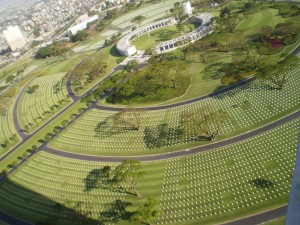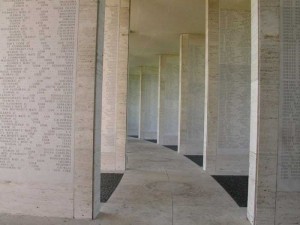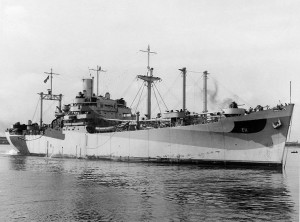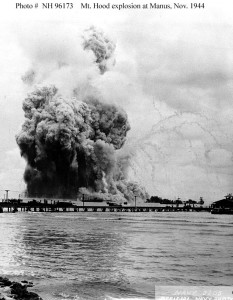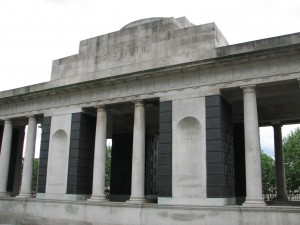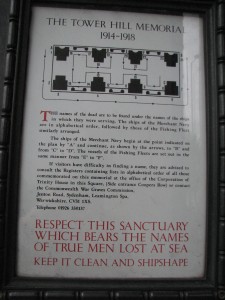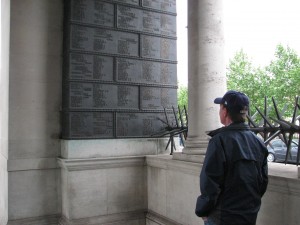Archive for July, 2011
A sobering element of any American military cemetery on foreign soil is The Tablets of the Missing – a listing of the dead with no known graves. These listings always include thousands lost at sea.
The American Military Cemetery and Memorial in Manila is the largest American military cemetery on foreign soil. Over 17,000 graves are arranged in a circular layout encompassing 125 acres. Constructed in the middle are two hemicycles, listing a staggering 36,282 names of Americans who lost their lives in the South Pacific during WWII and have no known resting place. I first visited this site in the early 1970s. The scope of the collective sacrifice forever resting within this beautiful and peaceful place took my breath away – an emotion that remains with me today.
On that first visit I randomly jotted down the names of a few men on the Tablets of the Missing, hoping to eventually ‘humanize’ the experience somehow – to learn more about these men and the actions where they lost their lives. Years later I was able to determine that one of the names I jotted down was lost on the U.S.S Mount Hood (AE-11).
The Mount Hood was an ammunition ship that exploded due to unknown causes on November 10, 1944 while anchored in Seeadler Harbour at Manus Island (Admiralty Islands). The explosion killed all 295 men aboard and severely damaged 22 other ships in the harbor. The repair ship U.S.S. Mindanao was alongside Mount Hood when the explosion occurred. 82 of the Mindanao crew also died that day. 371 sailors on other ships in the harbor were injured. An investigation board was never able to ascertain the exact cause of the accident, but it was not due to combat. War is a dangerous business – and all casualties are not due to combat. Whether by combat or accident, the loss is felt just as strongly by family, friends and shipmates.
While researching the history of the U.S.S. Mount Hood, I came across a beautiful YouTube tribute from a niece to an uncle she never knew. Seaman Second Class J.C. McGuire of Alabama died on November 10, 1944 while stationed aboard the Mount Hood. His remains were never recovered. He was eighteen when he died. Please take the time to view the short video. It puts a very human face to a name forever engraved on a marble wall so far from the home he left during WWII.
http://www.youtube.com/watch?v=c6UtLYybM8I
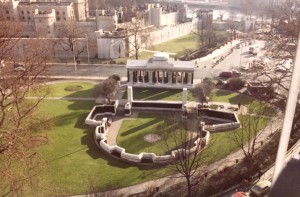
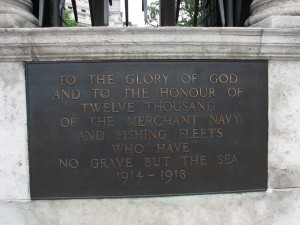 Perhaps more than any other nation, Great Britain has relied on mastery of the oceans for her greatness. From the days of empire in the 18th and 19th centuries, to the days of fighting for survival during the brutal conflicts of the 20th century, the sailors of the British Isles left the ports of England determined to serve their country. Hundreds of thousands of these souls would never return to their homeland.
Perhaps more than any other nation, Great Britain has relied on mastery of the oceans for her greatness. From the days of empire in the 18th and 19th centuries, to the days of fighting for survival during the brutal conflicts of the 20th century, the sailors of the British Isles left the ports of England determined to serve their country. Hundreds of thousands of these souls would never return to their homeland.
The Tower Hill Memorial is located across the street from two of London’s iconic sites – the Tower of London and the Tower Bridge. Separated into two parts, the memorial commemorates the men and women of the Merchant Navy and Fishing Fleets who gave their lives during WWI and WWII protecting their nation and who have no grave but the sea.
The WWI Memorial is a vaulted corridor listing the names of thousands of ships arranged alphabetically. The names of the lost are listed below the name of each vessel. The ship’s master is listed first, with the remainig dead of each ship listed alphabetically below the Master. No rate or ranking other than the Master is indicated. 11,919 names are listed in this corridor.
The WWII Memorial is in the form of a sunken garden, the walls containing the names of nearly 24,000 souls lost at sea. Teak benches allow visitors to sit and contemplate their surroundings. In the center of the garden is a ‘pool’ of bronze, engraved as a mariner’s compass set to magnetic north.
Perhaps the most powerful aspect of this memorial is when one considers the scope of the sacrifice it represents. During WWI and WWII the British lost over 8,000 merchant ships alone. This staggering figure does not include fishing or military vessels. 49,000 British merchant seamen lost their lives in the two world wars – over 50% of those lost at sea. Each name on these walls represent a story, a life too short, a loved one missed. When I visited the memorial I greatly appreciated the decision to list the names without rate or rank. These sailors who rest in sea-locked graves are all equal in the hearts of a grateful nation…
